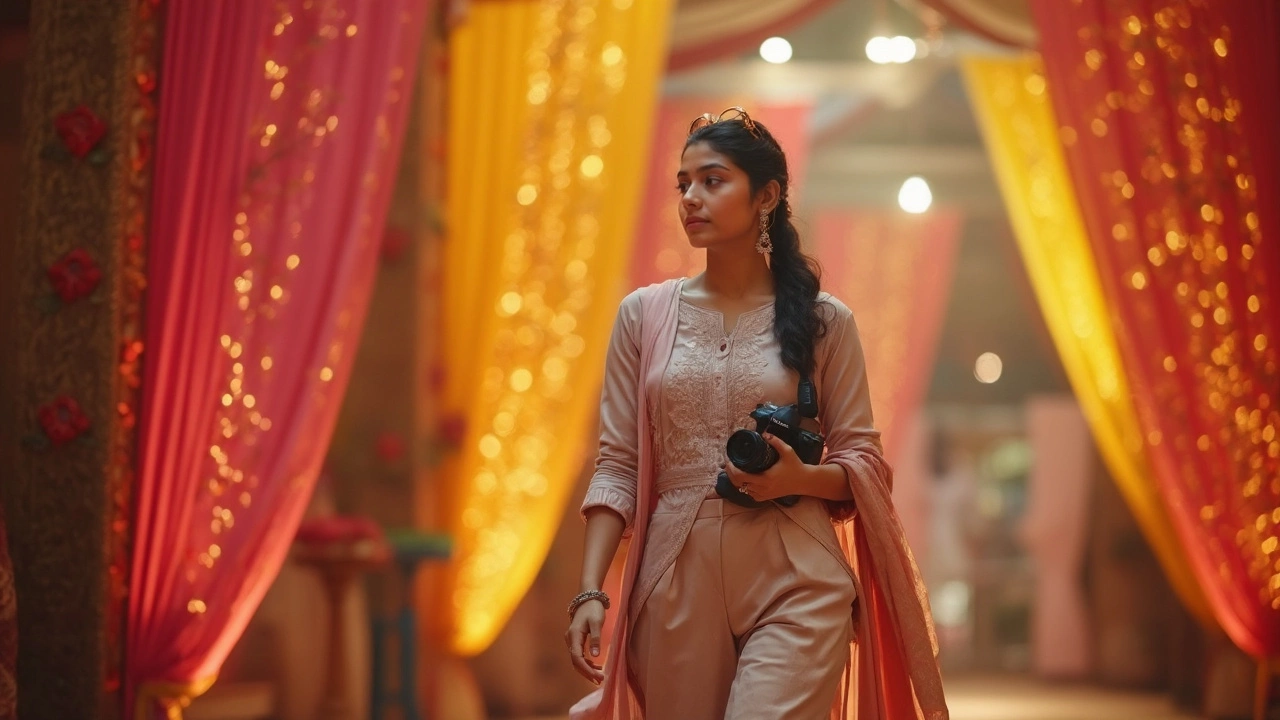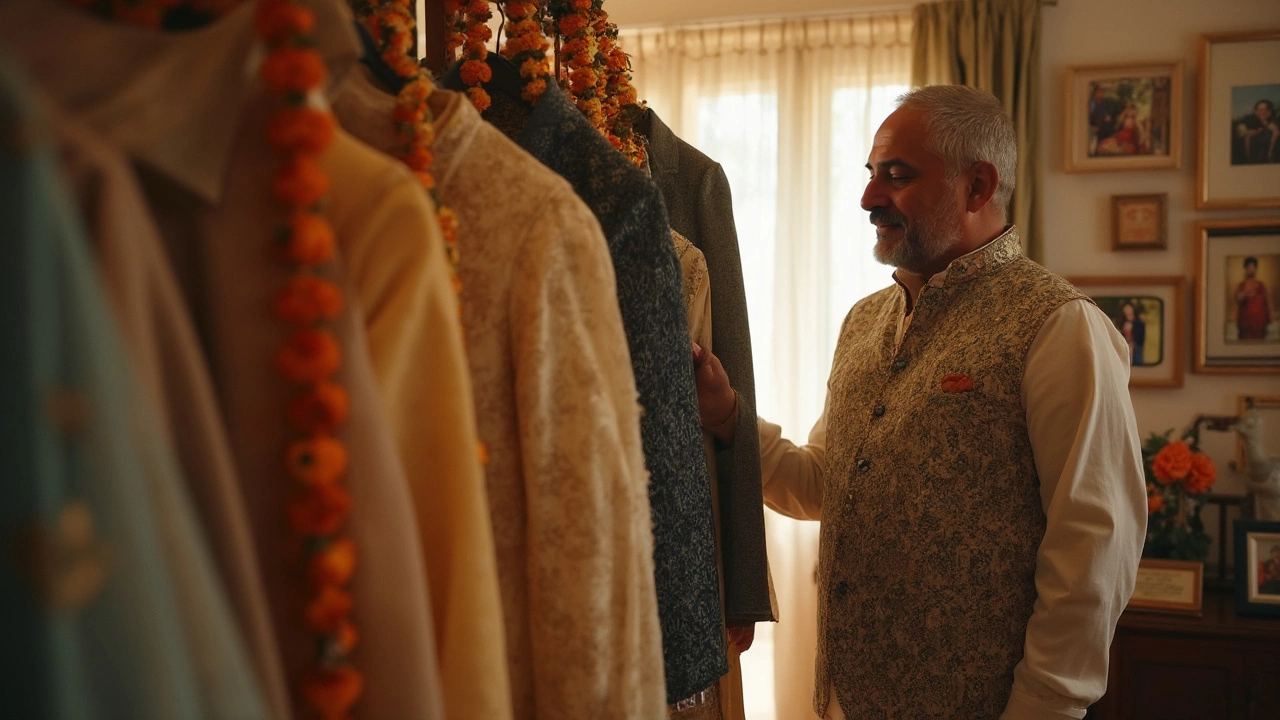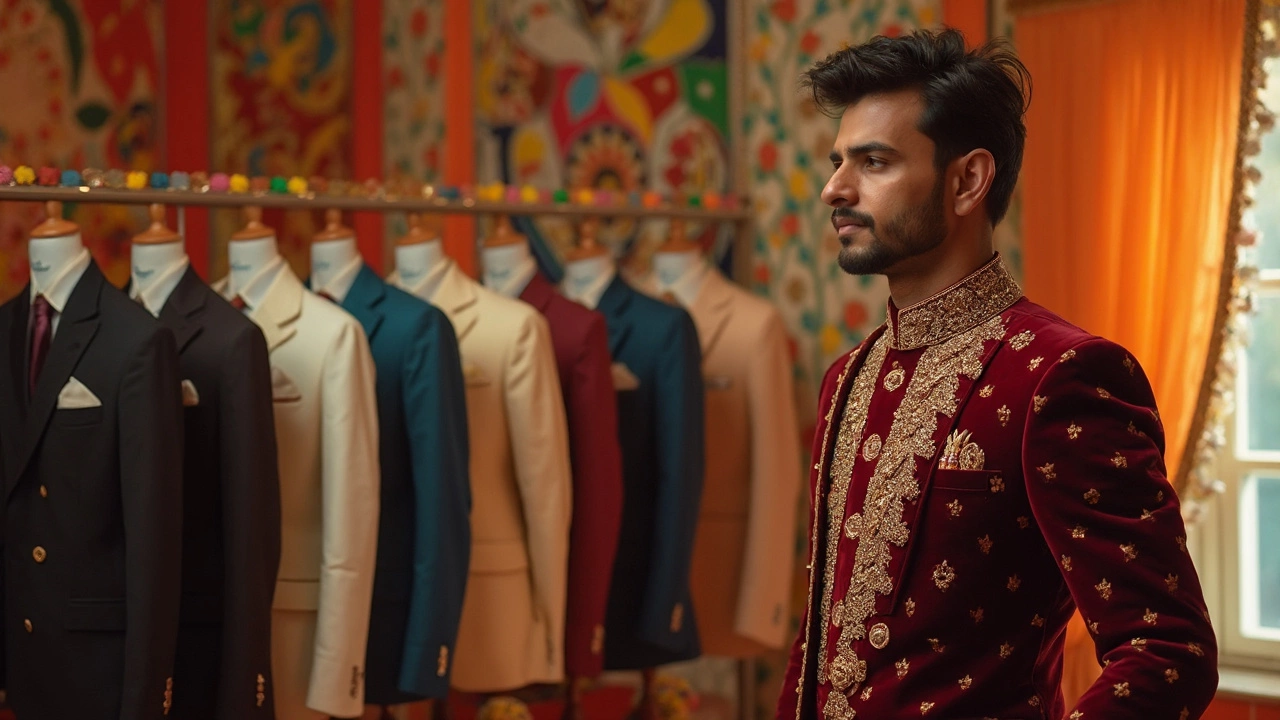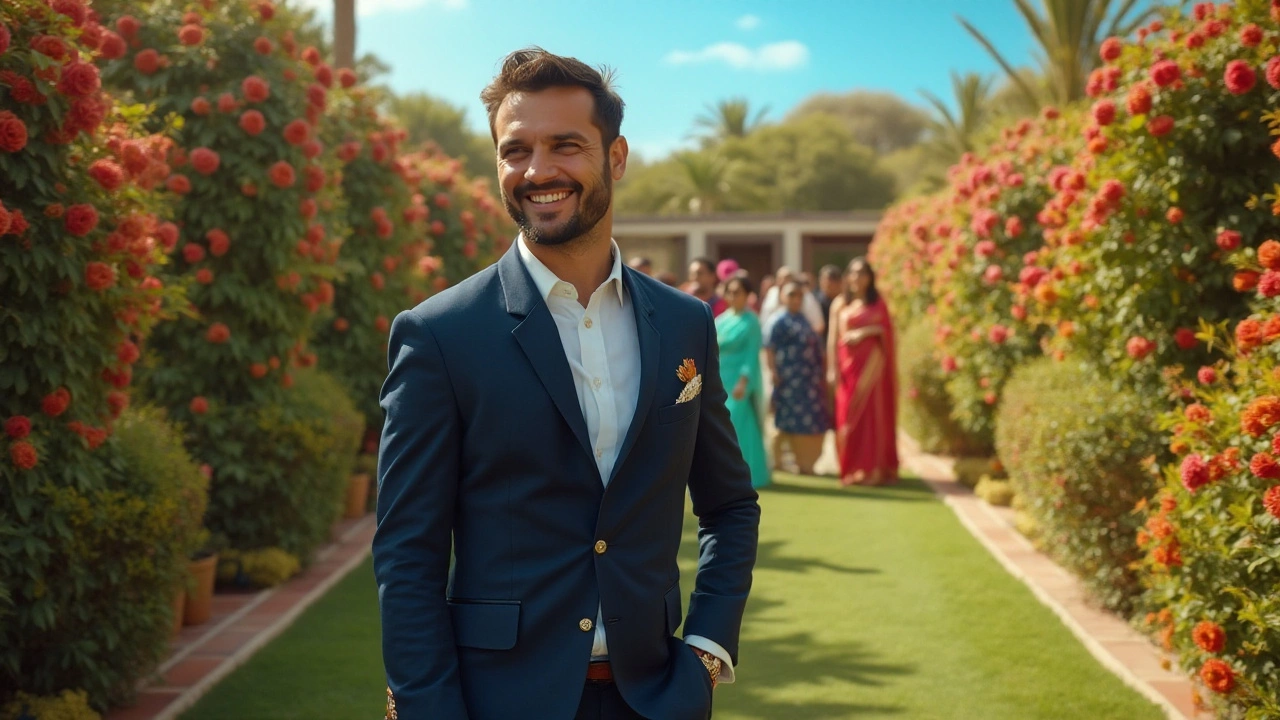Wedding Attire: Styles, Tips, and Trends for Every Role
When planning Wedding attire, the clothing and accessories chosen for the ceremony and reception. Also known as wedding clothing, it sets the visual tone of the day and reflects both personal style and tradition.
Key Elements of Wedding Attire
The first thing to sort out is Groom attire, the outfit the groom and his party wear, ranging from classic tuxedos to relaxed suit combos. It directly ties into the overall Wedding dress code, guidelines that tell guests what level of formality is expected, such as black‑tie, semi‑formal, or casual. Knowing the dress code helps you decide whether a full‑length tailcoat or a sleek blazer is appropriate.
Next up is the Father of the groom outfit, a polished look that respects the ceremony’s vibe while complementing the groom’s style. A common pitfall is matching the exact color of the groom’s suit; instead, aim for a shade that harmonizes with the wedding palette. This is where Suit colors, hues that can slim, brighten, or blend into the venue’s backdrop, play a big role. Dark navy can make a tall figure appear slimmer, while light gray adds freshness for spring weddings.
These elements aren’t isolated—Wedding attire encompasses groom attire, father of the groom outfit, suit colors, and the dress code. It also requires coordination with accessories like shoes, ties, pocket squares, and flowers. For example, a tie‑less groom look works best in a relaxed dress code and with the right pocket square to keep the vibe polished without feeling stiff.
Budget considerations often shape choices. A couple on a tight budget might opt for a rented tuxedo for the groom and reuse a family heirloom suit for the father of the groom. On the other hand, a larger budget allows for custom tailoring and premium fabrics, which can elevate the entire look. Understanding how each piece fits into the overall budget helps avoid overspending on one area while neglecting another.
Seasonality influences fabric and color choices too. Summer weddings favor lightweight linens and soft pastels, while winter events call for wool blends and richer tones like burgundy or deep green. Pairing the right fabric with the appropriate suit color ensures comfort and visual harmony throughout the day.
Finally, think about the ceremony’s location. A beach wedding might invite barefoot elegance, making loafers or sleek sandals acceptable, whereas a cathedral setting expects polished leather shoes. Matching the setting with the attire reinforces the event’s mood and keeps guests feeling comfortable.
Below you’ll find a curated list of articles that walk you through budgeting tricks, color psychology, etiquette rules, and style hacks—all designed to help you nail the perfect wedding attire for every role.
What you wear as a female wedding photographer can make or break your workday. This article breaks down what actually works—clothes that look professional, keep you comfortable, and help you blend in with the wedding vibe. You’ll get practical tips, from picking the right shoes to gear-friendly outfits. Discover why some fabrics are saviors and what to avoid so you’re never caught off guard. Avoid common pitfalls and get style pointers that make sense in real life—not just on Pinterest.
Figuring out what the groom's dad should wear can get confusing with all the dress codes floating around. This article breaks down everything from matching styles to dos and don'ts for all kinds of weddings. You'll learn what makes dad look sharp but not upstage the groom. Plus, handy tips to stay comfortable and in sync with the wedding party. No more guesswork—just practical advice for a stress-free outfit choice.
Choosing the right color for a groom's suit is an important decision that can significantly impact the wedding's overall vibe. While some might lean towards classic black or navy, others might consider more daring colors like burgundy or even pastel shades. Factors like theme, season, and personal taste play a crucial role in this choice. This article provides insights and tips on selecting the best suit color for the groom, ensuring he stands out on the big day. Whether you're a groom-to-be or helping one, this guide will clarify the decision.
In the whirlwind of wedding preparations, the question of what the groom should wear often arises. While some argue a tuxedo is the traditional choice, there's growing acceptance for a groom to don a standard suit. This article seeks to break down the reasons behind this trend, evaluating style, comfort, and the overall wedding theme. By exploring various options, it offers guidance on how to align personal preference with wedding formality.



